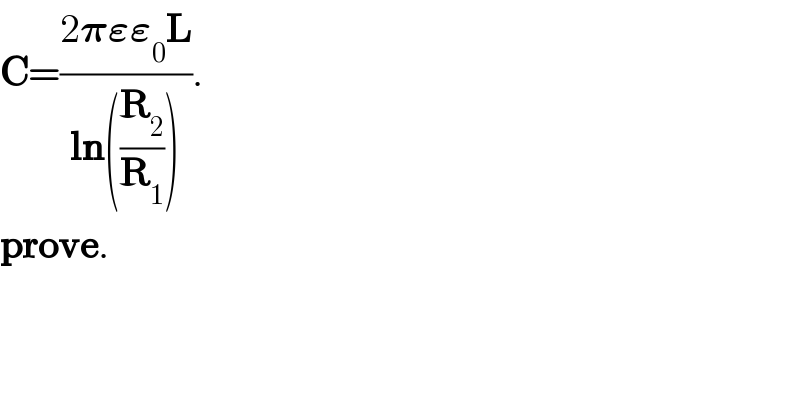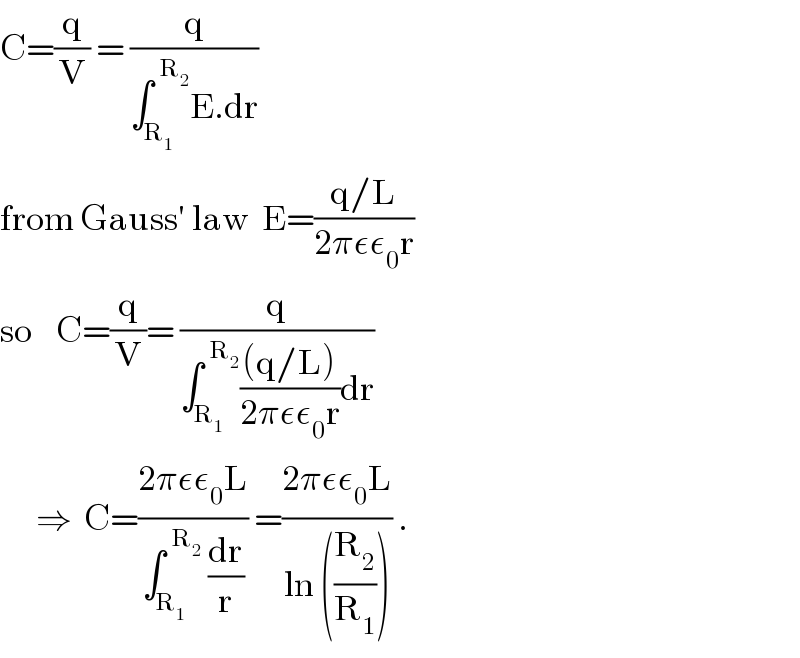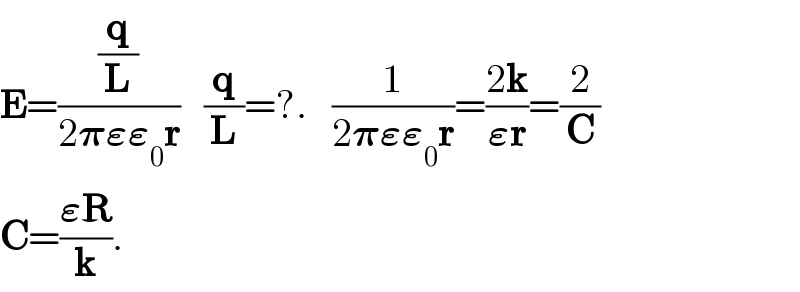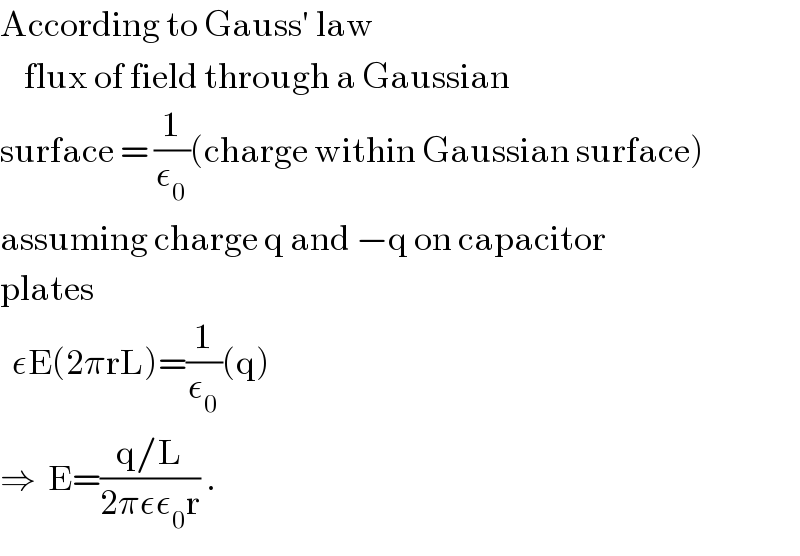
Question and Answers Forum
Question Number 60219 by ANTARES VY last updated on 19/May/19

Commented by ANTARES VY last updated on 19/May/19

Answered by ajfour last updated on 19/May/19

Commented by ANTARES VY last updated on 19/May/19

Commented by ajfour last updated on 19/May/19

Commented by ANTARES VY last updated on 19/May/19

Commented by ajfour last updated on 19/May/19

Commented by ajfour last updated on 19/May/19

Commented by ANTARES VY last updated on 19/May/19

